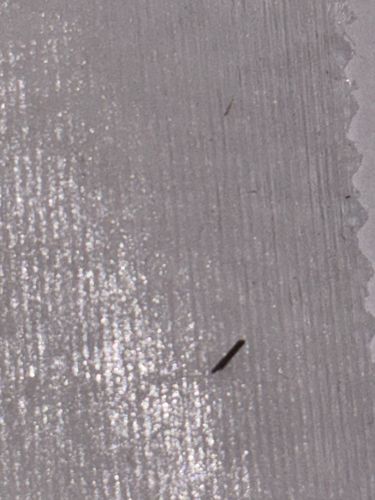Thrips
Scientific Name: Various species (e.g., Frankliniella occidentalis for Western Flower Thrips, Thrips tabaci for Onion Thrips)
Order & Family: Order: Thysanoptera, Family: Varies (numerous families within the order, e.g., Thripidae, Aeolothripidae)
Size: Typically 0.5 to 2 mm in length, slender bodies.

Natural Habitat
Thrips are found in a wide variety of habitats, primarily associated with plants. They inhabit flowers, leaves, fruits, and buds of almost all types of cultivated and wild plants. They can be found in agricultural fields, greenhouses, gardens, and natural ecosystems like forests and grasslands. Some species can also be found in soil or leaf litter.
Diet & Feeding
Most thrips species feed on plant sap, pollen, and spores. They use their single, cone-like mouthpart to puncture plant cells and then suck out the contents. Some species are predatory, feeding on other small arthropods or their eggs, while a few are fungivorous.
Behavior Patterns
Thrips are active insects, often flying or jumping when disturbed. Many species are known for their rapid reproduction, with multiple generations per year. They tend to prefer sheltered areas on plants, such as within buds, flower petals, or along leaf veins. They can reproduce both sexually and asexually (parthenogenesis).
Risks & Benefits
Potential risks include significant agricultural and horticultural pests, causing damage to crops (e.g., silvering of leaves, distorted growth, premature bud drop) and transmitting plant viruses. Some species can also bite humans, causing minor irritation. Benefits include some species being beneficial predators of other pest insects or mites, and some playing a role in pollination.
Identified on: 8/29/2025